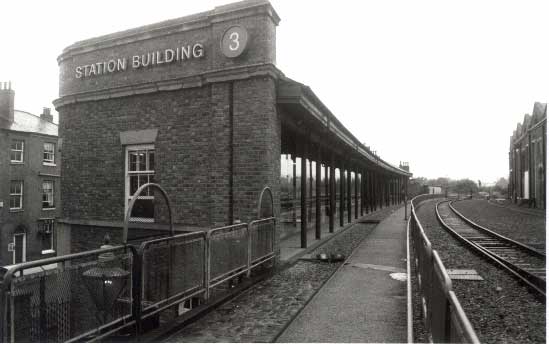The Liverpool Street Station in Manchester, England is now part of The museum of Science and Technology. The Station was built in 1830 and is the oldest railway station in the world. On the opposite side of the tracks to the ticketing hall is the world’s first railway warehouse. In this building is a working replica of the worlds first stored program computer, Baby, the Manchester Mk I Prototype.
The juxtaposition of these two firsts raised many questions in my mind: Why was the first “Stored Program” computer so important? Why Railways and Computers in Manchester? How were the two revolutions prompted by these inventions similar and what can they tell us about the nature of radical technological change? But, what bothered me most as I stood alone in the room that housed the Baby Replica was the complete absence of any serious attempt by the Museum to answer these questions.
The Baby was hidden on the top floor of the warehouse. The “explanation” of the machine that was provided was pitched at the average 13 year old visitor. There was almost no explanation of the context in which the machine was developed and no analysis of the machines impact or importance. I understand that many museums would claim it is for historians not museums to provide such analysis. But standing in front of what many people claim as the World’s first computer that argument seemed like a thin excuse.


